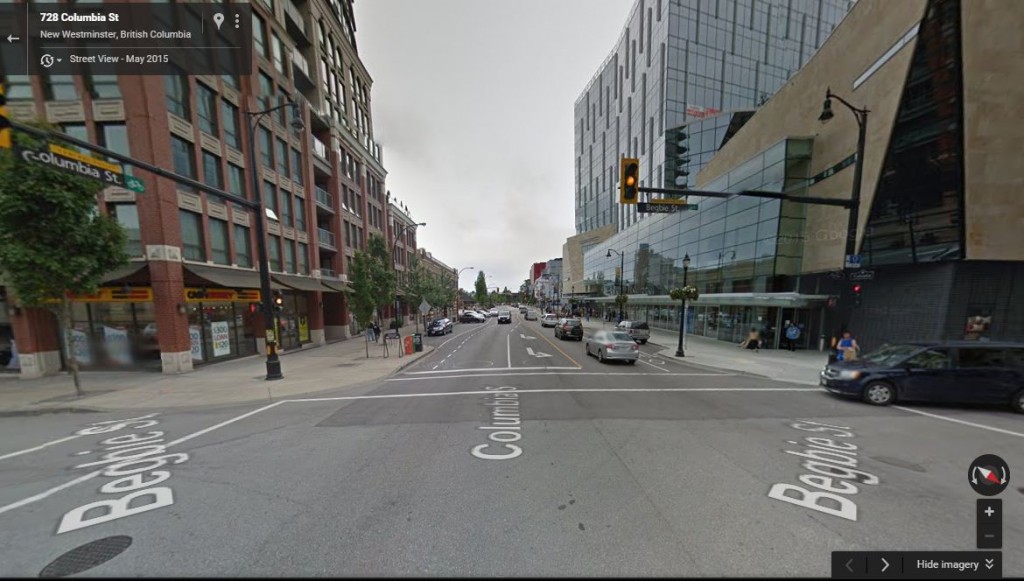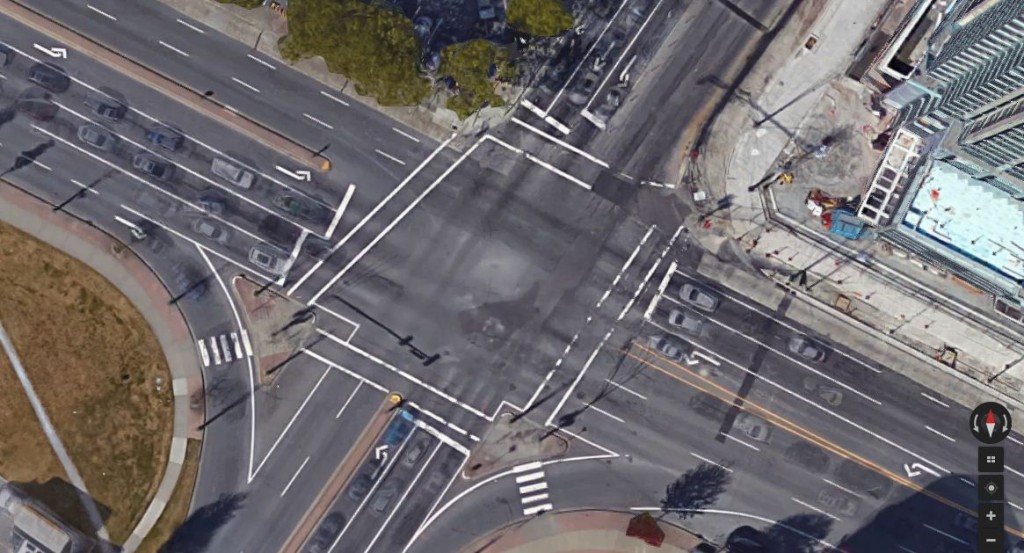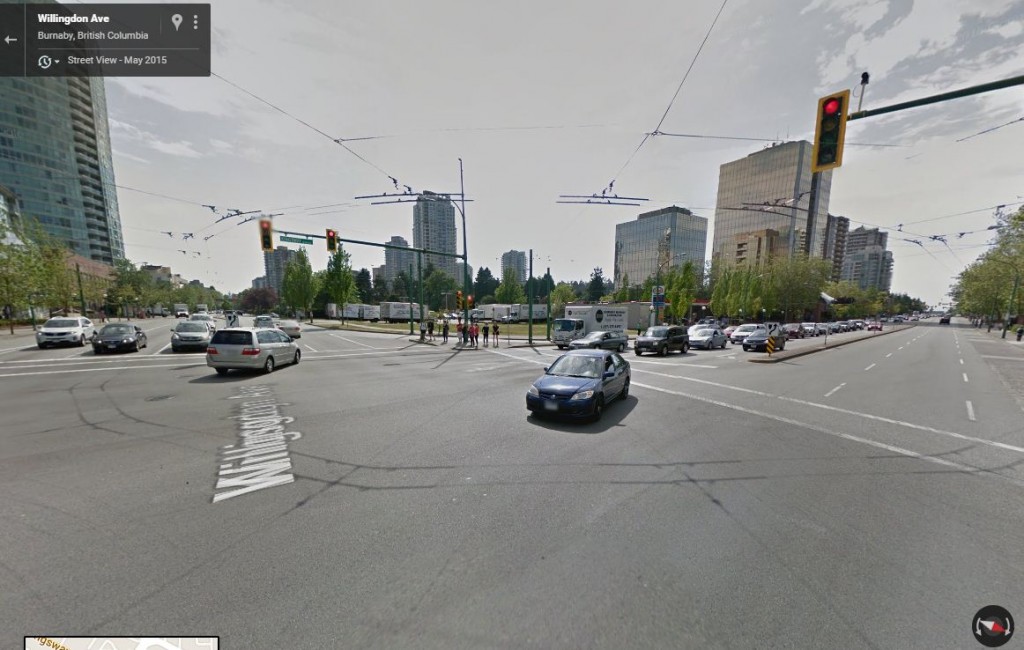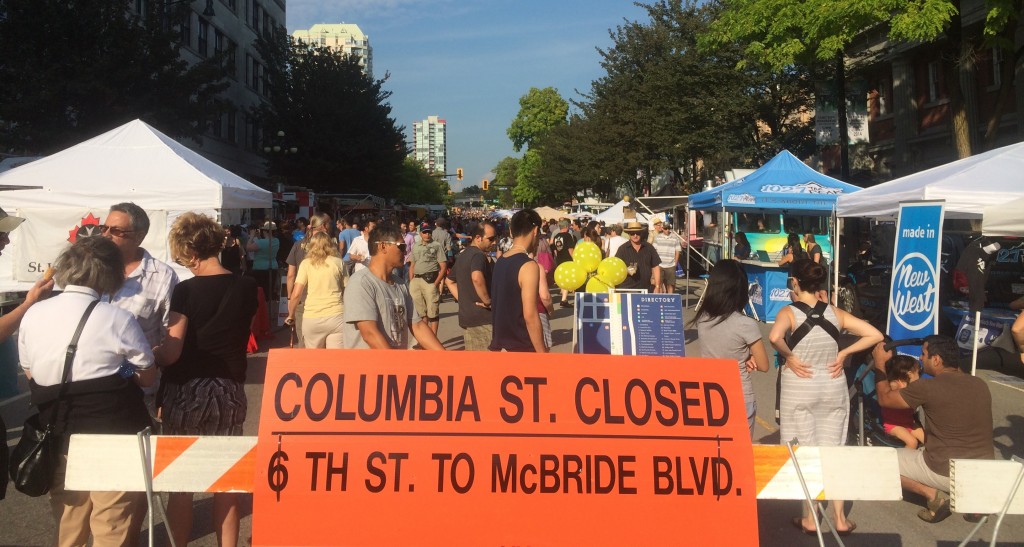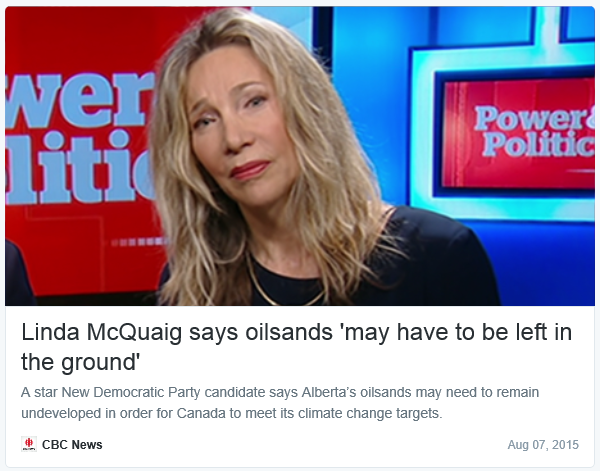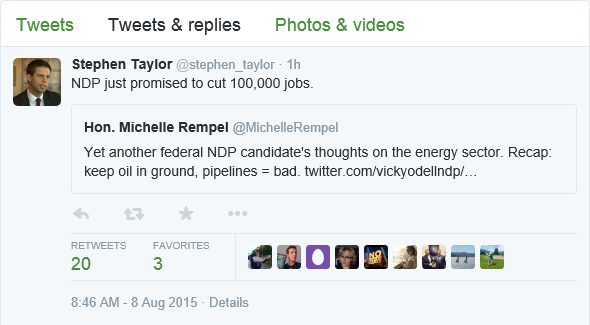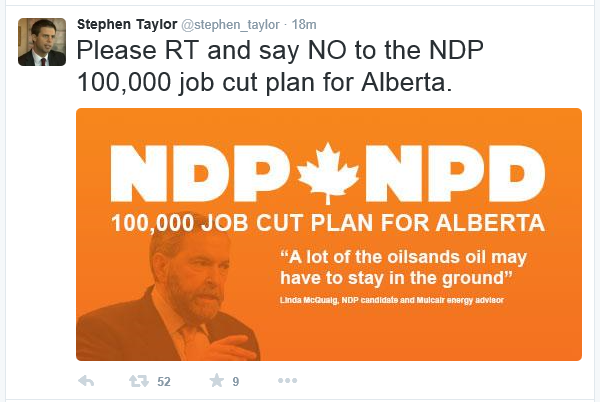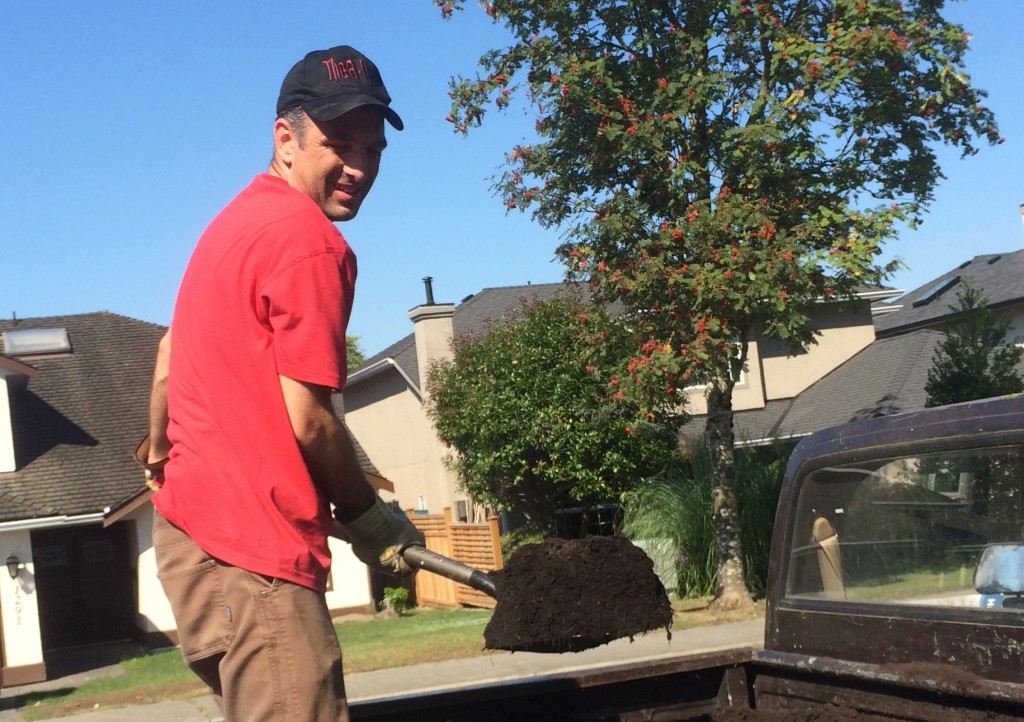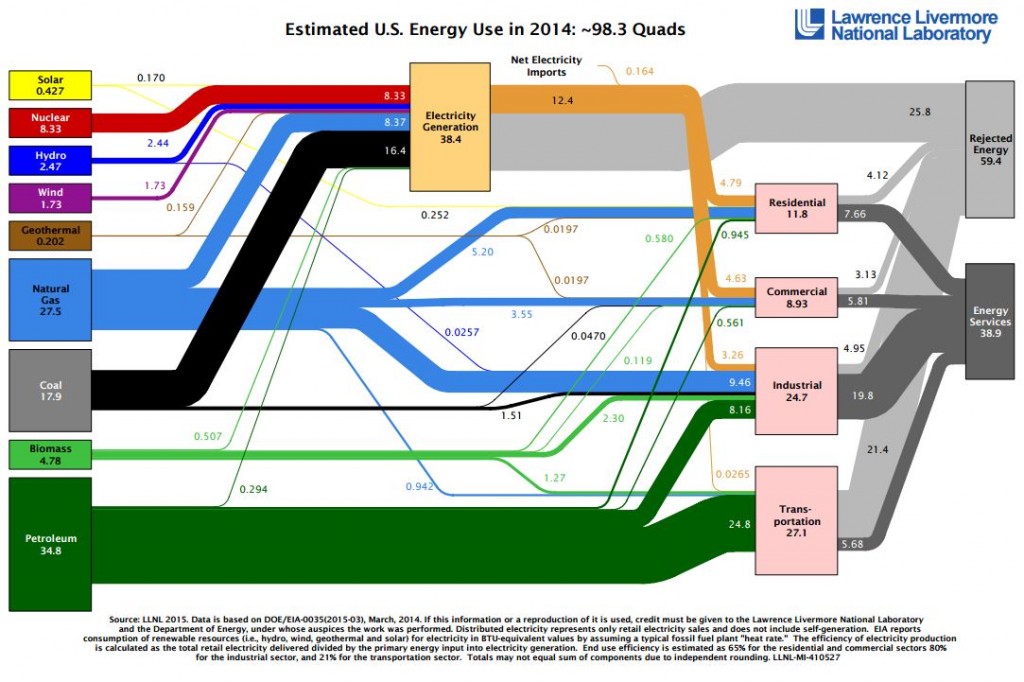Can we avoid a stroad problem in New West?
The word “stroad” is a slightly tongue-in-cheek portmanteau combining “street” with “road”, and it is becoming such common parlance in city planning that even small towns in Pennsylvania are talking about how to deal with them. The term came from people who understand the difference between how a “street” operates, and how a “road” operates. The former is a place where people do things, like socialize and perform commerce; the latter is a conduit for travel to get somewhere else. The term “stroad” pinpoints the problem created when you try to combine those two mutually exclusive uses into the same space.
I would argue that New Westminster has very effectively dealt with one stroad in its midst when the Council of the day put Columbia Street on a road diet. I remember the boo-birds talking about the disaster that would befall the City, and many of them still pop up to complain about pedestrian bumps or crosswalks or any other thing the City does to make the pedestrian space safer. Columbia is not back to being the Miracle Mile of the 1940s, and it never will be. However there is no doubt it is a better place for walking, for shopping, for living and for driving, than it was in the 1990s.
Stroads are rarely created intentionally, they evolve into existence, with a bunch of small (and at the time, seemingly rational) decisions. Most commonly, a city finds one of its shopping streets is increasingly used by through-commuters. In hopes of eking some value out of this apparent windfall, automobile-oriented development happens along the route, displacing the existing landuse with the intent to capture the fleeting attention of through-commuters. This (often strip-mall commercial) development also attracts local drivers who used to shop on the street, and now blend with the through-commuters. Congestion is exacerbated, and the engineering solution is to increase capacity. You widen the road, removing on-street parking if necessary, which requires you to build parking lots, further separating the road from the businesses, and creates in-out driveways or more light-controlled intersections, which slows the through-drivers. To fix this, you put in a left-turn lane or two so the through-traffic doesn’t get stuck, then a right-turn lane to get them even further unstuck. Which kind of works for a while (see Byrne Road and Marine, or Kingsway at Metrotown), as long as you have a bottomless asphalt budget.
All of the sudden, you have a road in the middle of your City right in the middle of the street in the middle of your City. Anyone who wants to try to put value into the street by using their local commercial businesses discover the shops are behind expansive parking lots that are hard to get into or out of, and walking across the street means braving 40 metres of asphalt where the people trying to turn right through the crosswalk are separated from the people trying to pull a left turn across traffic by the people in between speeding along to be the first to get to the next red light, frustrated by all the traffic. So, complicated light timing, “pedestrian islands”, or expensive overpasses are required to make the space marginally safe for people who failed to bring along 3,000lbs of metal when they went to buy a loaf of bread. And we have built a stroad.
Stroads are expensive to build and maintain. They move traffic poorly, yet provide the appearance of moving it well, which paradoxically increases induced demand while not actually increasing capacity. They are dangerous for all users, but especially for cyclists and pedestrians, who end up avoiding their chosen mode because the stroads are so uninviting. Worst of all, they strip away the value of expensive and precious urban land space, and contribute less to the local economy than an active street. They represent a planning failure, an engineering failure, and a leadership failure that must be avoided in modern urban areas.
So when you hear about plans for East Columbia Street, 12th Street, Ewen Avenue, 6th Street or 20th Street, or any of the busy streets in New Westminster, think to yourself: do we want this to be a street, or a road? Without first making that distinction, we will inevitably hedge towards a stroad, and end up with neither.
